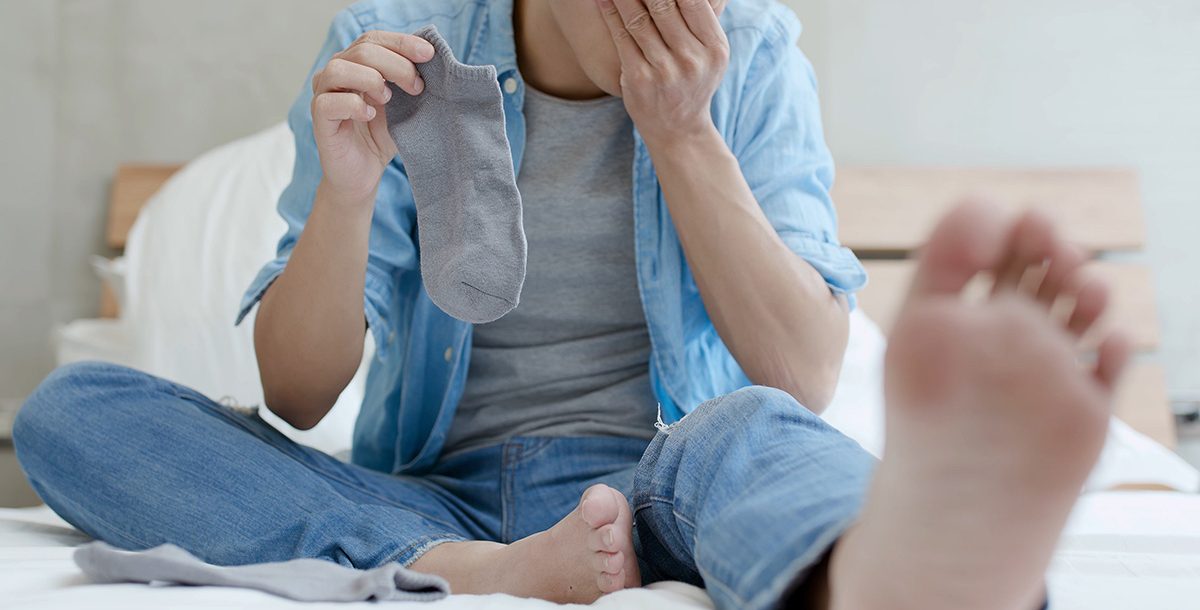Athlete’s foot is a fungal infection that affects the skin on your feet. It spreads easily and can be very uncomfortable. Though it often shows up on feet, it can spread to other parts of the body too — especially the hands.
While it is not a serious medical condition, Athlete’s foot not something that you want to deal with. Unfortunately, the humid conditions of warm weather create the perfect environment for this fungus to grow.
Learn about the causes, symptoms and treatments so you can avoid getting athlete’s foot this summer.
Causes of athlete’s foot
The cause of athlete’s foot is tinea, which is a group of diseases that a fungus can cause. It’s the same thing that causes jock itch and ringworm.
You get athlete’s foot by coming in contact with someone else who has it. And you don’t have to touch the person’s skin to get it. The fungus can spread from towels, socks, shoes and other items that come in contact with feet. Gyms and locker rooms are a prime condition for this fungus to thrive in, which is why it’s common among athletes.
Symptoms of athlete’s foot
The primary symptom of athlete’s foot is itching. This might be the first symptom you experience and what gets you to take a closer look at your feet. Other symptoms include:
- Dryness and scaling skin
- Stinging and burning skin
- Cracking and peeling skin
- Blisters or wet sores on your feet and toes
- Toenails that are thick, crumbly or discolored
For many people, athlete’s foot is a discomfort and inconvenience. However, for others it can pose a more serious problem. People with diabetes or weakened immune systems should see a doctor as soon as possible.
Treatment options
Your doctor can often diagnose athlete’s foot based on symptoms or by looking at your feet closely. In some cases, your doctor may order a skin test to confirm the diagnosis.
Because athlete’s foot is mild and common, treatments are available over the counter. Some common creams and ointments are Lamisil AT, Lotrimin AF and Tinactin. If the condition isn’t clearing up with these treatments, contact your doctor. You may need a stronger, prescription antifungal medicine.
Prevention steps
You don’t have to be an athlete to get athlete’s foot. And you don’t have to set foot in a locker room. The fungus can live in just about any public place and most often lives on the floor.
Wearing shoes or sandals when visiting a pool or other public places can protect your feet. The fungus loves moisture and warmth, so be sure to keep your feet dry. Wash your feet in the shower and dry them thoroughly after. Wear socks made from natural fabrics that dry quickly. If you live with someone who has athlete’s foot, avoid sharing towels, linens, socks and shoes.
Think you might have athlete’s foot and want to speak with a primary care provider about it? Start an Evisit today!






